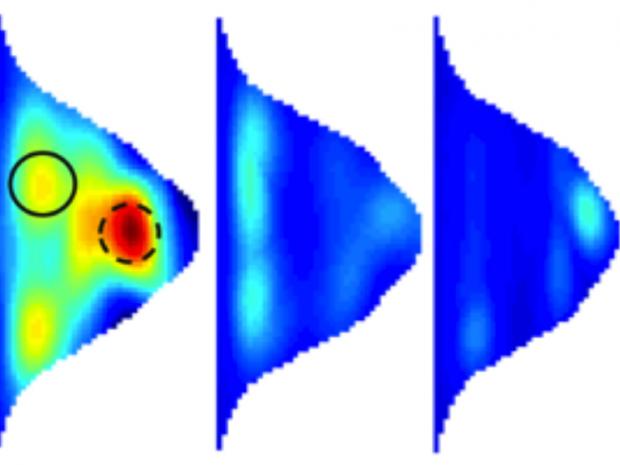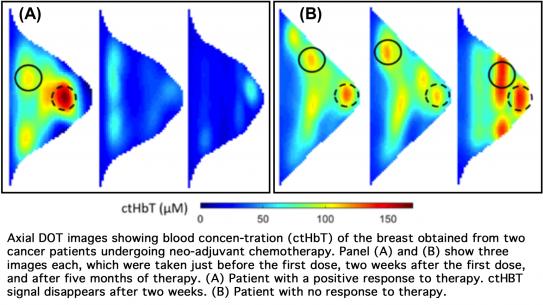Diffuse Optical Tomographic (DOT) Imaging for Diagnosis and Therapy-Monitoring of Breast Cancer

Speaker:
Mirella L. Altoé, PhD
Adjunct Professor
Department of Biomedical Engineering
NYU Tandon School of Engineering
Abstract:
Breast cancer is fast becoming the leading cause of mortality in women worldwide. There are more than 3.1 million women with a history of breast cancer in the U.S., and about 40,000 women are expected to die from this disease. Neoadjuvant chemotherapy (NAC) has become a well-established therapy in the treatment of patients with locally advanced or primarilly inoperable breast cancer. The therapy consists of about 5 months of drug treatment to shrink the tumor size before surgical removal of any remaining mass. A pathological complete response (pCR) is defined as complete disappearance of the tumor before surgery and strongly correlates with 5- and 10-year survival. However, only 15-40% of patients who undergo NAC will achieve a pCR, while the remaining patients do not benefit from a therapy that has considerable side effects. In my work, I explore the potential of diffuse optical tomography (DOT) for breast cancer imaging and NAC monitoring. The overall objective is two-fold. First, I seek to identify breast cancer patients who will not respond to NAC shortly after the initiation of therapy r. Identifying these patients early will allow a switch to a more promising therapy and avoiding months of ineffective therapy with a drug regimen that has considerable side effects. Second, I use the optical data simultaneously obtained from the contralateral, non-tumor bearing breast to better understand the factors that modulate breast density and the source of its contrast in DOT. In this talk I will report on the result of a clinical study involving 105 women with stage II-III breast cancer. We found that there are differences in the time evolution of DOT features between pCR and non-pCR tumors under NAC, and DOT features can contribute to the successful prediction of pCR status from pretreatment imaging. Lastly, our analysis demonstrated a positive correlation between DOT feature and mammographic density classification, which could lead to research on the potential use of DOT as a predictor of breast cancer


